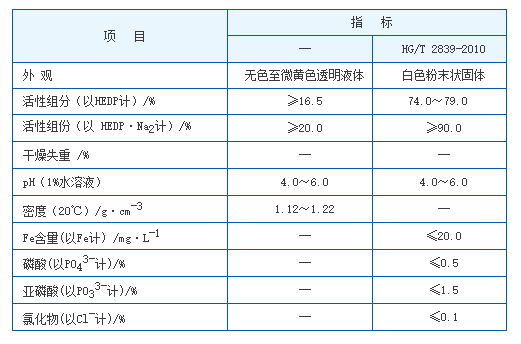Sustainable Applications of Diethylene Triamine Penta Methylene Phosphonic Acid in Modern Industries
The Role of Diethylene Triamine Penta Methylene Phosphonic Acid in Modern Applications
Diethylene Triamine Penta Methylene Phosphonic Acid (DTPMPA) is a versatile compound widely utilized in various industries due to its exceptional properties. This chemical falls under the category of phosphonic acids, which are characterized by their ability to form stable chelates with metal ions and their effectiveness as scale inhibitors and corrosion inhibitors in different environments.
Structure and Properties
DTPMPA is a complex organic compound that comprises five phosphonic acid groups bound to a diethylene triamine backbone. This unique structure is responsible for its ability to interact with metal ions, making it an excellent chelating agent. The presence of multiple phosphonate groups enhances its ability to bind hard metal ions like calcium, magnesium, and iron, significantly reducing the formation of scales in various industrial processes.
One of the most notable properties of DTPMPA is its high solubility in water, which allows for easy application in aqueous systems. Additionally, it exhibits stability over a wide range of pH values, making it suitable for diverse environmental conditions. This stability, alongside its non-toxic nature, makes DTPMPA an attractive choice for many applications, particularly in water treatment and maintenance.
Applications in Water Treatment
The water treatment industry benefits significantly from the use of DTPMPA as a scale inhibitor. In systems where water is heated, such as in boilers and heat exchangers, the precipitation of minerals can lead to scale formation, which reduces efficiency and increases maintenance costs. By effectively chelating metal ions, DTPMPA prevents the formation of hard scales, leading to improved thermal efficiency and reduced energy consumption.
diethylene triamine penta methylene phosphonic acid

Moreover, DTPMPA acts as a corrosion inhibitor. In the presence of oxygen and other corrosive agents, metallic surfaces can deteriorate, leading to structural failures. The chelation properties of DTPMPA provide a protective barrier on metal surfaces, significantly decreasing corrosion rates and prolonging the lifespan of equipment.
Role in Agriculture
Beyond industrial applications, DTPMPA is also utilized in agriculture, particularly in fertilizers. The compound enhances the solubility of essential nutrients, enabling better absorption by plants. By working as a chelating agent, DTPMPA ensures that nutrients such as iron and calcium remain in solution, preventing them from precipitating into insoluble forms. The application of DTPMPA in fertilizers thus supports healthier plant growth and increases agricultural productivity.
Environmental Considerations
As environmental concerns become more pressing, the use of eco-friendly chemicals in industry and agriculture is essential. DTPMPA is regarded as a preferable alternative to other phosphonates that may pose environmental risks. Its biodegradable nature allows for reduced accumulation in ecosystems, making it a safer option for water bodies and terrestrial environments.
Conclusion
In summary, Diethylene Triamine Penta Methylene Phosphonic Acid is a compound of significant importance across various industries. Its ability to act as an effective scale inhibitor and corrosion inhibitor makes it indispensable in water treatment processes. Concurrently, its role in enhancing nutrient availability in agriculture highlights its versatility and effectiveness. As industries continue to look for sustainable and efficient solutions, DTPMPA stands out as a valuable chemical that contributes to both operational efficiency and environmental protection. The ongoing research into its applications could yield even more innovative uses, ensuring its relevance in the future of chemistry and industry.
-
lk-319-special-scale-and-corrosion-inhibitor-for-steel-plants-advanced-solutions-for-industrial-water-systemsNewsAug.22,2025
-
flocculant-water-treatment-essential-chemical-solutions-for-purification-processesNewsAug.22,2025
-
isothiazolinones-versatile-microbial-control-agents-for-industrial-and-consumer-applicationsNewsAug.22,2025
-
scale-inhibitor-key-solutions-for-water-system-scale-preventionNewsAug.22,2025
-
organophosphonates-versatile-scale-inhibitors-for-industrial-water-systemsNewsAug.22,2025
-
scale-and-corrosion-inhibitor-essential-chemical-solutions-for-water-system-maintenanceNewsAug.22,2025





